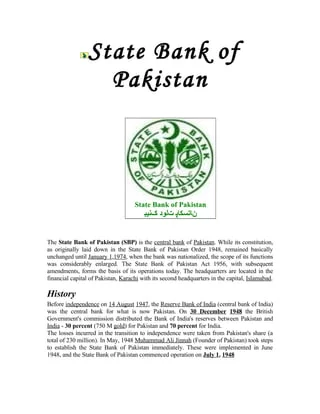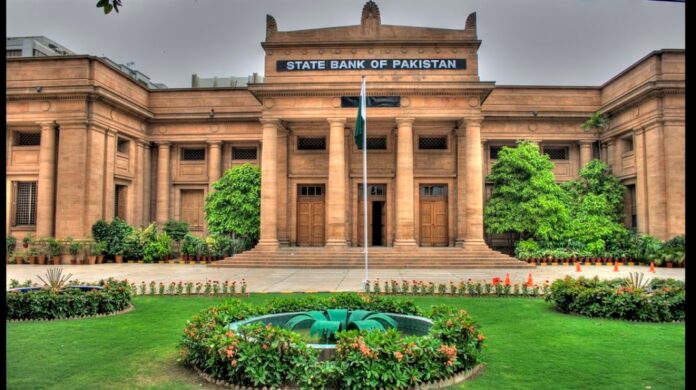The SBP noted that measures taken to cool down the economy in the previous fiscal year, FY23, including monetary policy tightening, are now paying off. These measures have helped to control the rapid growth of imports, preventing a significant trade imbalance. However, despite these efforts, Pakistan continues to grapple with a substantial fiscal deficit, expected to range from 7-8%. This situation is primarily due to elevated interest payments associated with mounting debt, which surpass the government’s target of 6.5% for fiscal years 2023–24.
Projections of Economic Growth
The SBP has maintained its initial forecast for economic growth for fiscal year 2023–2024 at 2-3%, notwithstanding the observed improvements. While almost matching the IMF’s prediction of 2.5%, this falls short of the government’s more aggressive aim of 3.5%. A combination of cooling measures and catastrophic floods in the previous fiscal year, FY23, led to a meager 0.3% economic growth, the third-lowest growth rate in seven decades.
World Events Affecting Recovery
According to the July 2023 World Economic Outlook, the future of the world economy is better than prior predictions. Additionally, the price of non-energy commodities has decreased globally, which is positive for Pakistan’s economy. The recovery of the nation might benefit from these tendencies.
Near the conclusion of FY23, Pakistan obtained a $3 billion standby agreement (SBA) from the IMF, which has assisted in reducing short-term financial concerns. The SBP’s foreign exchange reserves were boosted by the initial payout of $1.2 billion in July 2023 and $3 billion in bilateral inflows, reversing the trend of diminishing reserves.
Farming Development and Incentives
The anticipated recovery in the output of rice and cotton is anticipated to enhance agricultural growth in FY24. The government set a minimum price of Rs 8,500 per 40 kg for the FY24 crop in order to promote cotton production. Due to this incentive, farmers have sown more cotton and invested in crop management techniques, despite growing fertilizer and pesticide costs. Similar to this, good weather and rising domestic rice prices have encouraged producers to cover more ground with paddy crops, increasing production.

Challenges to Come
While it is projected that the growth in sectors that produce commodities will benefit services in FY24, the consequences of demand-compression measures put in place in previous years may slow the rate of economic recovery. In addition, it is anticipated that the lingering effects of earlier monetary tightening and contractionary policies will restrain domestic demand.
Prospects for Inflation and Revenue
Due to improving local supply, a high base from the previous year, and the relatively flat trend in non-energy global commodity prices, inflationary pressures are projected to moderate in FY24. Unexpected climate-related occurrences, shifts in the pricing of commodities globally, and external account pressures continue to pose a threat.
Even if the economy of Pakistan is beginning to improve, there are still many problems. To achieve long-term economic development and stability, the government’s dedication to financial management and economic reform will be crucial.






